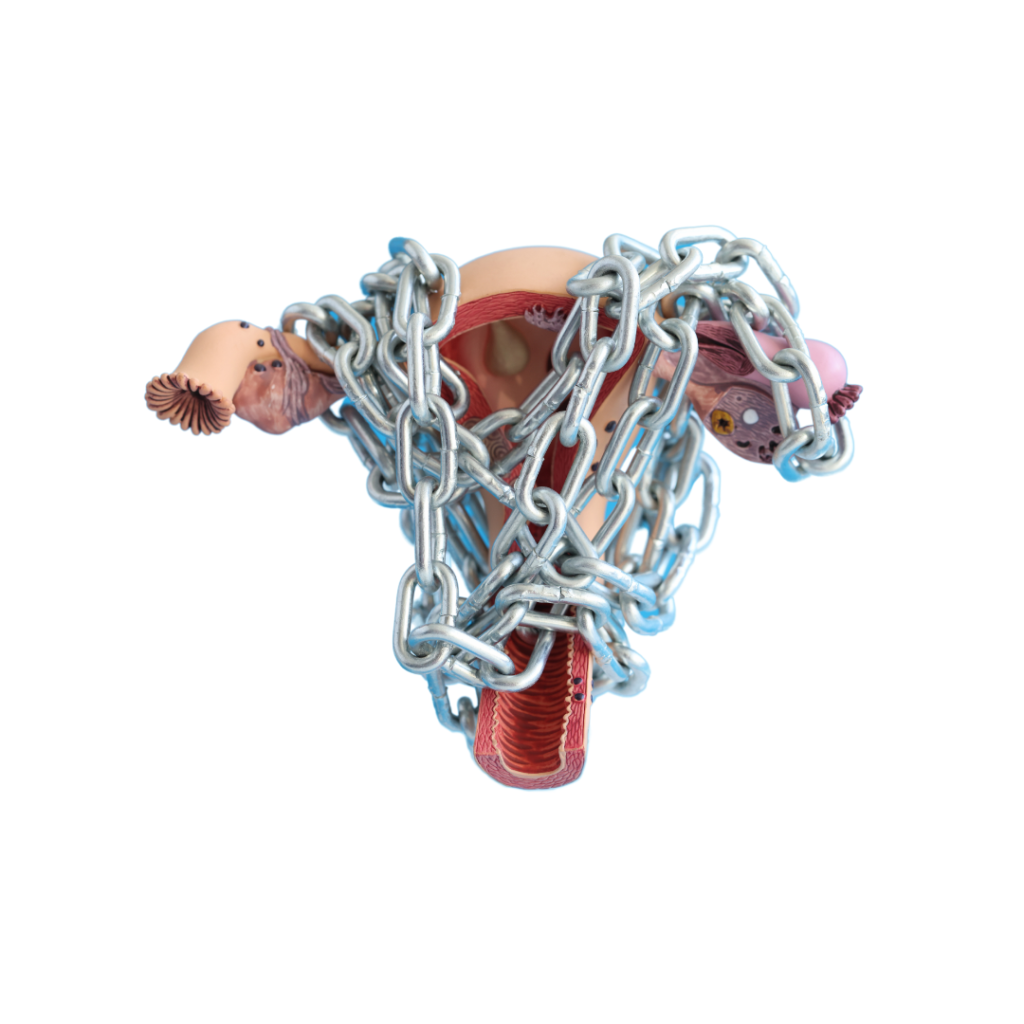When it comes to dealing with uterine fibroids, there are several treatment options available. These options range from taking medication to very invasive surgical procedures. Two of the most common surgeries are a myomectomy and a hysterectomy. Both procedures aim to address the symptoms associated with fibroids, but they differ significantly in their approach and their impact on a woman’s reproductive health. For an idea of what do to upon diagnosis, this post can be extremely helpful. I hope this post can help you make an informed decision about which procedure might be right for you.
What is a Myomectomy?
A myomectomy is a surgical procedure that removes uterine fibroids while leaving the uterus intact. It is typically performed on women who wish to preserve their fertility or maintain their uterine function. There are three types of myomectomy procedures: hysteroscopic myomectomy, laparoscopic myomectomy and open myomectomy.
- Hysteroscopic myomectomy: This is said to be the most minimally invasive procedure to treat fibroids. During this procedure, a surgeon removes fibroids by inserting a hysteroscope into the uterine cavity through the vagina and cervix. The surgeon can then visualize the fibroids and use small instruments to remove them.
- Laparoscopic myomectomy: This procedure involves making several small incisions in the abdomen, through which a laparoscope and surgical instruments are inserted. The surgeon can then locate and remove the fibroids.
- Open myomectomy: This is the procedure I had the pleasure of having. It involves making a larger incision in the abdomen to access the uterus. The surgeon can then remove the fibroids and repair the uterus if necessary.
What is a Hysterectomy?
A hysterectomy is a surgical procedure that involves removing the uterus entirely. This procedure can be performed through several methods: vaginal hysterectomy, laparoscopic hysterectomy and abdominal hysterectomy. Hysterectomies can be partial, total or radical, depending on how much of the reproductive system is removed.
- Partial hysterectomy: In this procedure, the uterus is removed, but the cervix is left intact.
- Total hysterectomy: Both the uterus and cervix are removed.
- Radical hysterectomy: This procedure involves the removal of the uterus, cervix, ovaries, fallopian tubes, and sometimes nearby lymph nodes.
Myomectomy vs Hysterectomy

The main difference between a myomectomy and a hysterectomy is that the myomectomy removes the fibroids while leaving the uterus intact, whereas the hysterectomy removes the entire uterus. This means that women who undergo a myomectomy can still conceive and carry a pregnancy to term, while women who undergo hysterectomy cannot.
It is worth noting that a myomectomy may not be suitable for all women. As a woman in her early thirties, without children at the time, it was absolutely heartbreaking to hear the doctor recommend a hysterectomy due to the size of my largest fibroid. If your fibroids are very large, numerous or located in a way that makes removal difficult, a hysterectomy may be necessary. Some women may opt for a hysterectomy if they no longer wish to have children or if they have other medical conditions that make a hysterectomy a more appropriate choice. It is important to note that the physical side effects of a hysterectomy are well-documented, but often the mental side effects are overlooked. I touch on some of those here.
Recovery time
In terms of recovery time, a myomectomy is generally less invasive than hysterectomy and the recovery time is typically shorter. With a hysteroscopic or laparoscopic myomectomy, women can often return to work within a week or two, while recovery from an open myomectomy may take up to six weeks. Hysterectomy recovery time can vary depending on the type of procedure performed, with vaginal hysterectomy typically having the shortest recovery time and abdominal hysterectomy having the longest.
How did I decide?

It was truly a no brainer for me. I was an engaged 33 year old with a dream of being a mommy one day. I was willing to do almost anything to avoid a hysterectomy. When thinking through the pros and cons, the only pro I could think of for a hysterectomy was that the fibroids would be gone forever. While this was an amazing thought, I was willing to risk my fibroids coming back to give my body a chance to conceive and carry a child.
Takeaway
The decision to have a myomectomy or hysterectomy is a personal one that should be made in consultation with your healthcare provider. Both procedures have their own set of risks and benefits, and it is important to carefully consider your options and make an informed decision that takes into account your individual needs and preferences. A myomectomy is a suitable option for women who wish to preserve their fertility or maintain their uterine function, while a hysterectomy is typically recommended for women who no longer wish to have children or who have other medical conditions that make a hysterectomy the more appropriate choice. The most important things to remember are to do your research and to make a decision that best fits your circumstance(s). While your doctor is there to guide you, it is your body and your future. Do what you feel is right.
That’s It. That’s All Yall.
J. Bai
Disclaimer: I am not a medical professional. If you need medical advice, please consult your doctor. I am just here to share my knowledge and my personal experience with mybroids. See what I did there (I know you liked that)?
Leave a Reply